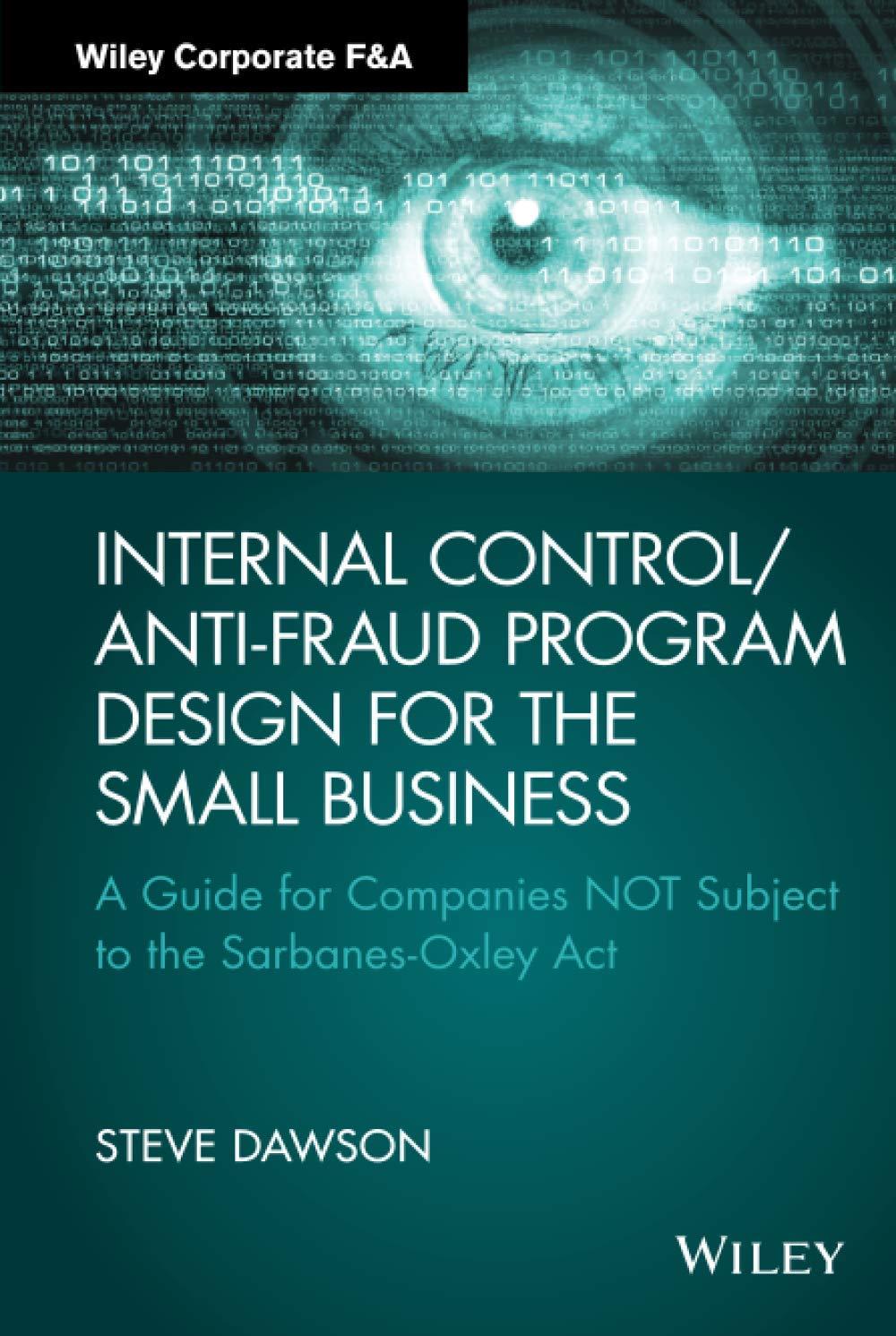


Required information Problem 6-1A Perpetual: Alternative cost flows LO P1 (The following information applies to the questions displayed below.] Warnerwoods Company uses a perpetual inventory system. It entered into the following purchases and sales transactions for March. Units Sold at Retail Units Acquired at Cost 220 units @ $53.40 per unit 285 units @ $58.40 per unit Date Activities Mar. 1 Beginning inventory Mar. 5 Purchase Mar. 9 Sales Mar. 18 Purchase Mar. 25 Purchase Mar. 29 Sales 380 units @ $88.40 per unit 145 units @ $63.40 per unit 270 units @ $65.40 per unit 250 units @ $98.40 per unit 630 units Totals 920 units Problem 6-1A Part 4 4. Compute gross profit earned by the company for each of the four costing methods. For specific identification, the March 9 sale consisted of 125 units from beginning inventory and 255 units from the March 5 purchase; the March 29 sale consisted of 105 units from the March 18 purchase and 145 units from the March 25 purchase. (Round weighted average cost per unit to two decimals and final answers to nearest whole dollar.) Gross Margin FIFO LIFO Avg. Cost Spec. ID Sales Less: Cost of goods sold Gross profit Required information Problem 6-2AA Periodic: Alternative cost flows LO P3 (The following information applies to the questions displayed below.] Warnerwoods Company uses a periodic inventory system. It entered into the following purchases and sales transactions for March Units Sold at Retail Units Acquired at Cost 135 units @ $70 per unit 435 units @ $75 per unit 455 units @ $105 per unit Date Activities Mar. 1 Beginning inventory Mar. 5 Purchase Mar. 9 Sales Mar. 18 Purchase Mar. 25 Purchase Mar. 29 Sales Totals 190 units @ $80 per unit 270 units @ $82 per unit 230 units @ $115 per unit 685 units 1,030 units For specific identification, the March 9 sale consisted of 80 units from beginning inventory and 375 units from the March 5 purchase; the March 29 sale consisted of 75 units from the March 18 purchase and 155 units from the March 25 purchase. Problem 6-2AA Part 1 Required. 1. Compute cost of goods available for sale and the number of units available for sale. Cost of Goods Available for Sale Cost of Goods # of Units Unit Available for Sale Cost per Beginning inventory Purchases: March 5 March 18 March 25 Total Required information Problem 6-2AA Periodic: Alternative cost flows LO P3 (The following information applies to the questions displayed below.] Warnerwoods Company uses a periodic inventory system. It entered into the following purchases and sales transactions for March Units Sold at Retail Units Acquired at Cost 135 units @ $70 per unit 435 units @ $75 per unit 455 units @ $105 per unit Date Activities Mar. 1 Beginning inventory Mar. 5 Purchase Mar. 9 Sales Mar. 18 Purchase Mar. 25 Purchase Mar. 29 Sales Totals 190 units @ $80 per unit 270 units @ $82 per unit 230 units @ $115 per unit 685 units 1,030 units For specific identification, the March 9 sale consisted of 80 units from beginning inventory and 375 units from the March 5 purchase; the March 29 sale consisted of 75 units from the March 18 purchase and 155 units from the March 25 purchase. Problem 6-2AA Part 2 2. Compute the number of units in ending inventory. Ending inventory units









